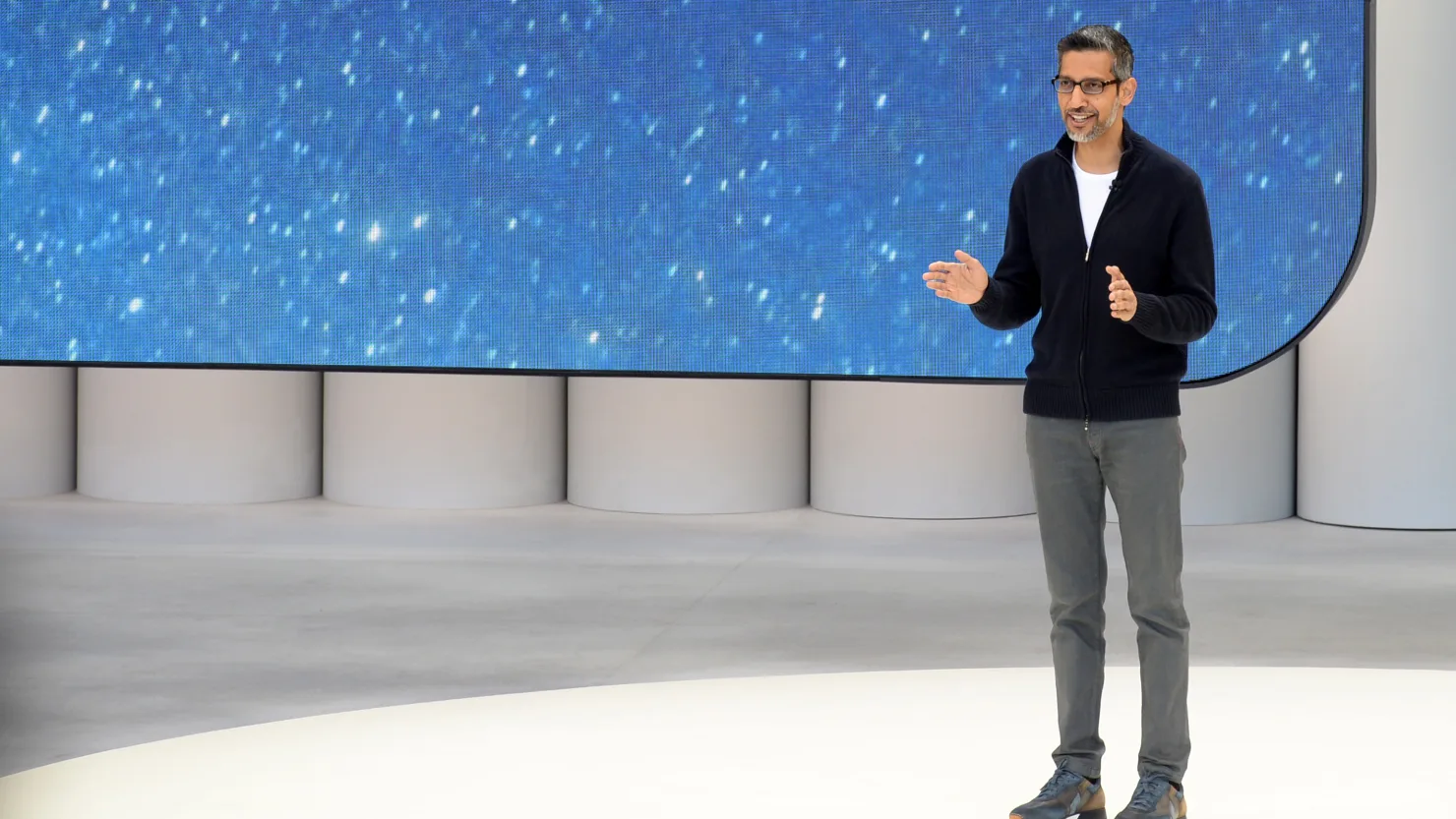Google Takes on Sora with New AI Video-Audio Generator Veo 3
In a significant leap forward in generative AI, Google has officially launched Veo 3, a cutting-edge AI video generator that goes beyond visuals by integrating high-quality audio, including realistic dialogue and ambient sounds. This new release directly competes with OpenAI’s Sora, yet Veo 3’s ability to synthesize both video and synchronized audio sets it apart in the rapidly growing AI content creation landscape.
Veo 3 becomes available exclusively for U.S. users subscribing to Google’s new Ultra Plan, priced at $249.99 per month. This premium subscription is designed for advanced users, AI researchers, and professional content creators looking to explore the full potential of artificial intelligence.
A New Era of Video Creation: Text-to-Video with Audio Integration
Google’s latest generative AI tool is engineered to translate simple text and image prompts into dynamic videos with sound, a capability that significantly enhances storytelling. Whether it’s dialogue between characters, natural environmental sounds, or even animal noises, Veo 3 ensures the audio matches the visual narrative precisely.
According to Eli Collins, Vice President of Product at Google DeepMind, Veo 3 excels in real-world physics, high-fidelity image rendering, and accurate lip-syncing—essential components for immersive, believable content.
Exclusive Access via Ultra Subscription and Enterprise Solutions
Veo 3 is now accessible to U.S.-based subscribers of the Ultra Plan, but Google has also confirmed that enterprise clients using Vertex AI, its cloud-based AI development platform, will be able to leverage this tool for advanced video content generation.
This dual availability supports both individual creators and business enterprises, marking a strategic move to cover a broad spectrum of users—from hobbyists to digital media professionals.
Google Expands Its AI Toolkit with Imagen 4 and Flow
Alongside Veo 3, Google also introduced Imagen 4, the newest version of its AI-powered image generation tool. Imagen 4 uses advanced prompting to deliver more detailed, photo-realistic images, improving on the shortcomings of previous iterations.
Adding to the lineup, Google unveiled Flow, a new AI-powered filmmaking tool. Flow allows creators to describe scenes, camera angles, and cinematic styles in natural language to generate polished video sequences. The tool is accessible via platforms including Gemini, Whisk, Vertex AI, and Google Workspace, offering a seamless user experience across creative workflows.
A Competitive Landscape: Google vs. OpenAI in Generative Media
The unveiling of Veo 3 comes at a time when generative media tools are exploding in popularity. In March, OpenAI’s CEO Sam Altman revealed that its image generator built into ChatGPT-4o saw such high demand that it strained the company’s GPU infrastructure, leading to temporary usage caps.
While OpenAI has led the charge in conversational AI and image synthesis, Google’s foray into audio-synced video generation gives it a strong position in the race for next-gen content creation platforms.
Lessons Learned: Google’s AI Growing Pains and Progress
Google’s history with generative AI hasn’t been flawless. In 2024, it faced significant backlash due to historically inaccurate outputs from Imagen 3, leading to a product relaunch after co-founder Sergey Brin acknowledged insufficient testing. However, with the release of Imagen 4 and Veo 3, Google appears committed to more robust quality control and user feedback integration.
Additionally, Veo 2 was recently upgraded to allow users to add or remove objects from videos using text prompts, expanding its creative capabilities. Meanwhile, Google’s Lyria 2 music-generation model has also been made available through YouTube Shorts and Vertex AI, showing the company’s commitment to making AI tools accessible across platforms and formats.
The Future of AI-Generated Media: What Comes Next?
With Veo 3’s launch, Google is signaling its intent to lead the next wave of multimedia AI tools. As demand for AI-generated videos and immersive storytelling continues to rise, tools like Veo 3 and Flow may soon become standard in creative industries ranging from filmmaking and advertising to education and entertainment.
By combining video, audio, image, and music generation under a unified AI ecosystem, Google is crafting an all-encompassing platform for digital creation.


